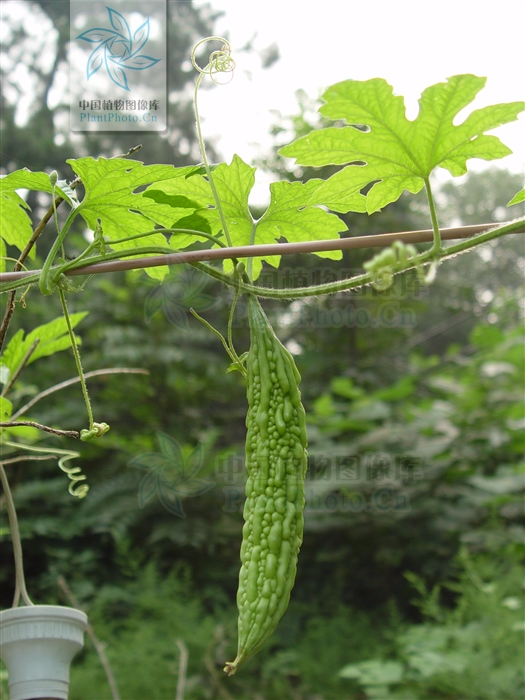 Description
Description
Bitter gourd is a vegetable and medicinal plant of the family Cucurbitaceae, cultivated in tropical and subtropical Asia and characterized by its spiny skin pattern and bitter taste. Bitter gourd fruits are rich in vitamin C, minerals, and carotenes. Bitter gourd fruits contain substances with the antidiabetic effect such as charatin, vicine, and polypeptide-p, which may improve insulin sensitivity and decrease blood glucose level.
- SUMMARY
-
Published journals
Proceedings of the National Academy of Sciences
-
Publish date
2020.05
-
Sequence Method
PacBio Sequel, HiSeq2500
-
Assembly
Mcharantia_2.0
-
Assembly Method
Canu v. 1.7; ALLMAPS
-
Genome Size
302.992 Mb
-
Genome Coverage
84x
-
Scaffolds
193
-
Contigs
211
-
N50
9902508
-
GC%
35.6
-
Bioproject
PRJDB4642
-
GCA Number
GCA_013281855.1
-
Data
https://ftp.ncbi.nlm.nih.gov/genomes/all/GCA/013/281/855/GCA_013281855.1_Mcharantia_2.0/
-
Reference url
 Reference
Reference
Matsumura, H., Hsiao, M. C., Lin, Y. P., Toyoda, A., Taniai, N., Tarora, K., Urasaki, N., Anand, S. S., Dhillon, N., Schafleitner, R., & Lee, C. R. (2020). Long-read bitter gourd (Momordica charantia) genome and the genomic architecture of nonclassic domestication. Proceedings of the National Academy of Sciences of the United States of America, 117(25), 14543–14551.
- SUMMARY
-
Published journals
Horticulture Research
-
Publish date
2020.06
-
Sequence Method
Illumina HiSeq
-
Assembly Method
SOAPdenovo
-
Genome Size
293.6 Mb
-
Genome Coverage
251x
-
Scaffolds
229
-
N50
62600
-
GC%
35.4
-
Bioproject
CNP0000016
-
Data
-
Reference url
 Reference
Reference
Cui, J., Yang, Y., Luo, S. et al. Whole-genome sequencing provides insights into the genetic diversity and domestication of bitter gourd (Momordica spp.). Hortic Res 7, 85 (2020).
